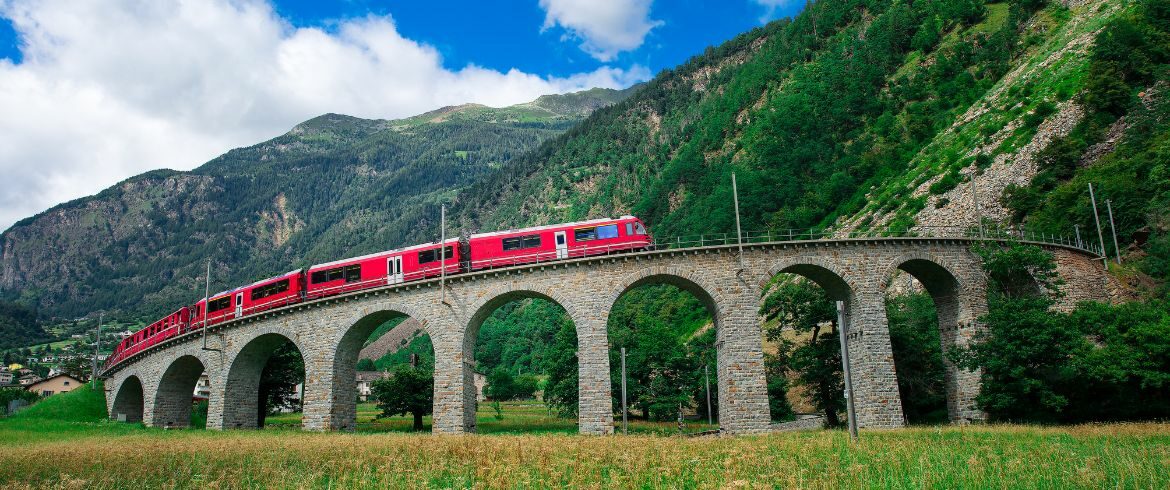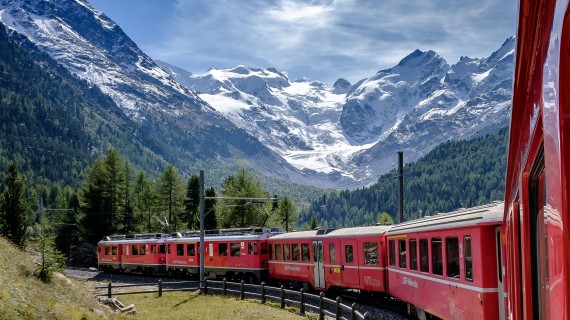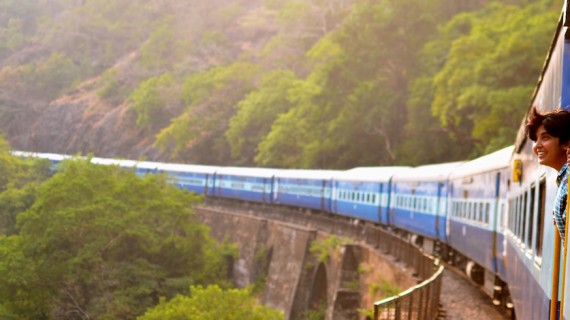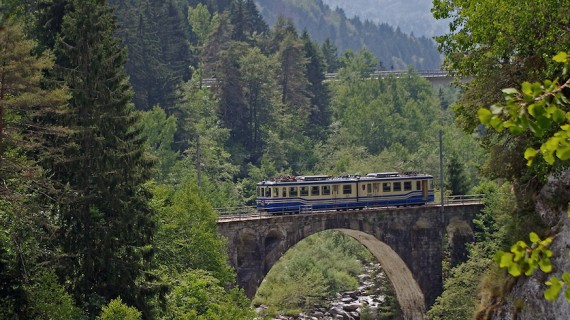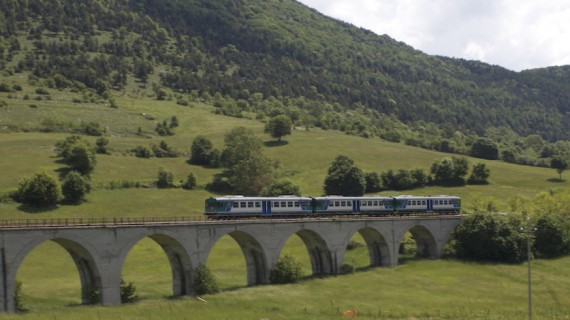Travelling by train may not be as comfortable as driving your own car, which can offer the freedom to decide wherever you want to go without depending on public transport and its time schedules; it is also not as fast as flying on a plane, which rarely stops over during a flight and instead directly reaches the destination. The train might not be your first choice, but Europe is trying to change people’s minds. Indeed, this eco-friendly means of transport allows you to visit every desired place, especially in The Old Continent, where the railway network is highly developed.
This is one of the reasons why national railway companies have started to improve their routes connecting European countries to one another like France, Spain, the Netherlands, Italy, and – across the Channel – England. Not only are all major cities connected to each other, but travellers are also given the possibility to travel by night and not to “waste” any precious daytime for visiting. Passengers can sleep either in couchettes or in sleepers, depending on their budgets, and they can also have dinner in the restaurant car on board.

The new paths
An ÖBB (Österreichische Bundesbahnen, i.e., the Austrian federal railways) train will connect the stunning Paris to Vienna, passing through the Marne Valley and across the Rhine River, following the same route as the Orient Express – before it was withdrawn in 2009.
Another route that comes across the Rhine is the one going from Amsterdam to Zürich, available for both the night and the day. ÖBB has really expanded its network by adding a train going from Stuttgart to Vienna called “Bregenzerwald”, i.e. Bregenzer Forest, named after an Austrian region that confines with Germany. The route isn’t the fastest, but it surely is the most mesmerizing path that allows to admire Lake Constance and to follow the Empress Elizabeth Railway.
Another unpredictable route is the one connecting the capital of Slovenia, Ljubljana, to Budapest: it will leave you with a hint of melancholy, allowing you to travel in the Europe of the past and admiring how it has changed over the last 30 years by crossing the line of the former iron curtain.
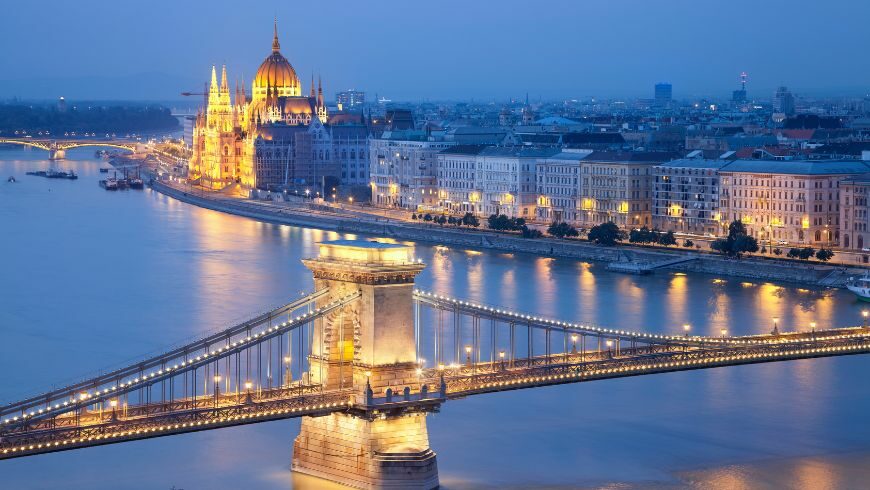
We leave for now Eastern Europe to go West: Spain is quietly improving its high-speed network not only by opening a new railway going from Madrid, the capital, to the autonomous community of Galicia last autumn, but also by shortening the time needed to reach Santiago de Compostela. Here you can find
the shrine of St. James, the ultimate goal of the “Camino de Santiago”, which is the 1,000-year-old pilgrimage that gather yearly more than 200 thousand pilgrims.
In Italy, the private operator NTV Italo has served Genoa, connecting it to Naples, following the coastal railway and offering in this way a one-of-a-kind journey.
Trespassing national borders, Trenitalia counterattacked with a twice-daily Frecciarossa (highspeed) Train linking the two European “fashion capitals”, Milan and Paris.

Sadly, sometimes promises are difficult to be kept and projects can be delayed or, worse, cancelled,
due to bureaucratic or economic reasons: it is needless to say that the pandemic is not helping.
The direct train that should have accompanied you from Warsaw to Lithuania won’t happen before
mid-2023, for example. Moreover, a high-speed Allegro train had started to better connect the Russian Federation to Finland last December, but of course, due to the current tragic war every route has been temporarily suspended. The same goes for the direct trains from Przemysl (Poland) to Ukraine.
We do believe in travelling as the truest way of living life, but in such circumstances, we cannot
recommend strongly enough to stay safe and be careful.
So, to wrap it up… you can travel across Europe and visit its major cities with the “eco-friendliest”
means of transportation in existence. Tickets can be adapted according to your economic needs.
You can travel during the night and also avoid long security-related procedures. Plus, you don’t
even have to worry about where to park!
What are you waiting for? Europe and its railways are welcoming you with open arms.
